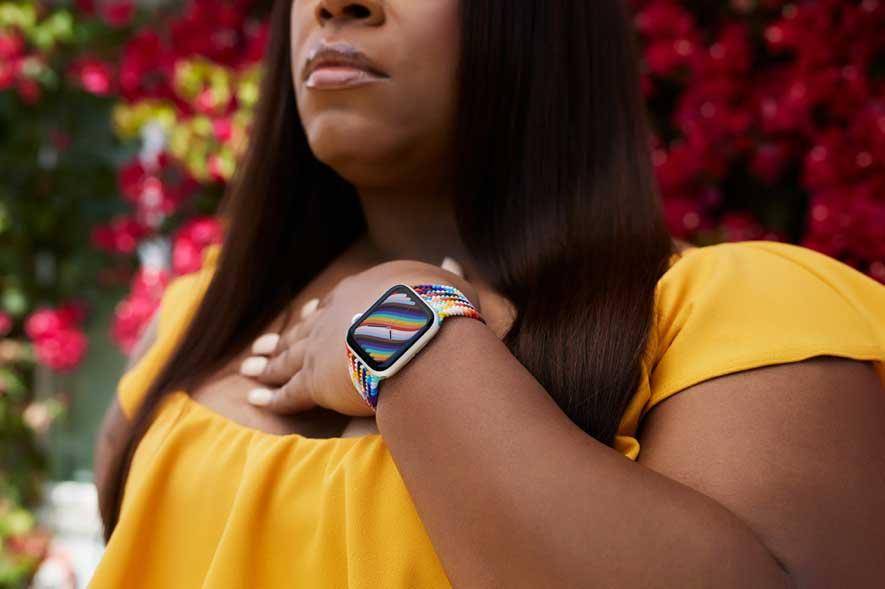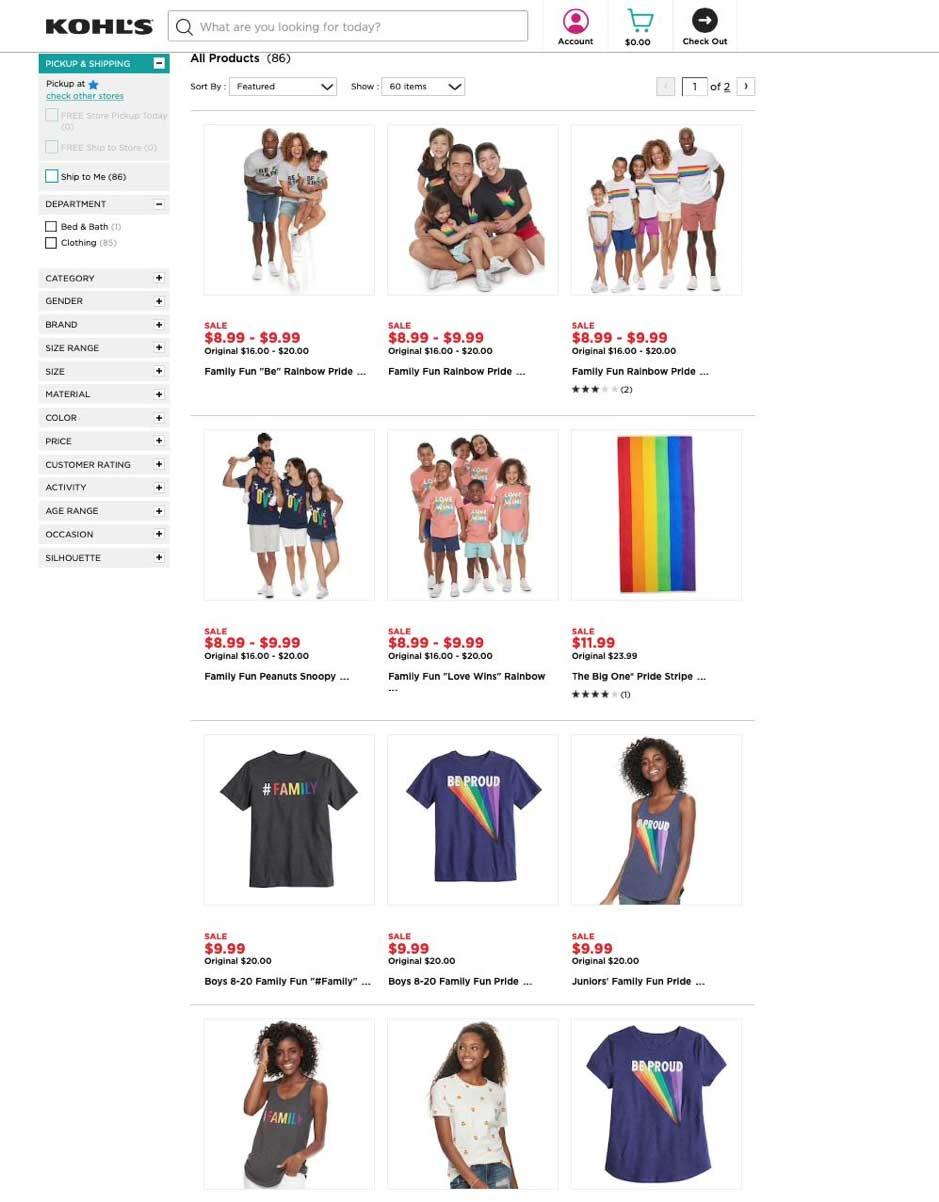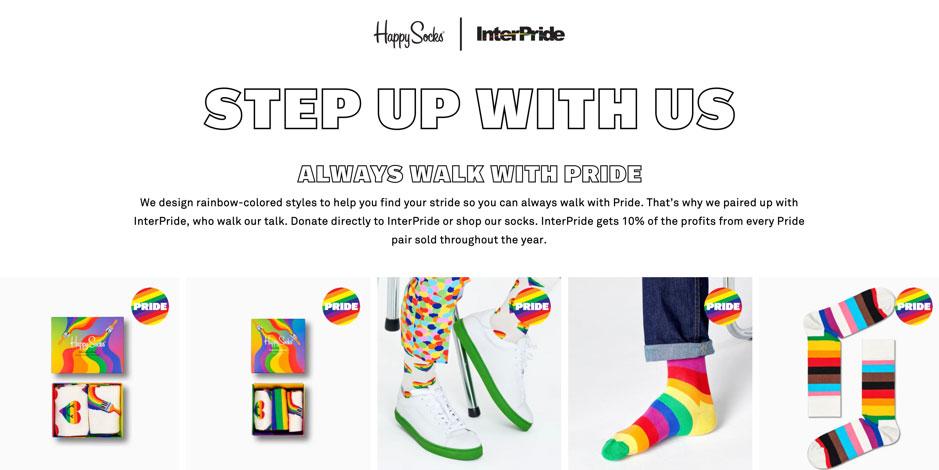LGBTIQ brands: the difference between authentic care and opportunistic attitudes
22 Junio - 2021Alberto Guevara
Academic coordinator MSc in Marketing
Every year now, around June, we start to see a colorful invasion taking over the logos, websites, and social media accounts of many brands. It's pride month again!
Of course, the idea behind Pride month is to raise awareness toward the LGBTIQ community's fight for their rights. But it also serves for people that are not too much into the topic to improve their understanding of the situations some may face due to their sexual orientation.
Brands leverage this wave of social talk to highlight their role in this movement; however, without going into detail about Rainbow-washing or Pink-washing, let's stop for a minute to analyze what can be done to convey this supportive message thoroughly without having to fall into fakeness and also let's point out some things that brands should avoid.
Do: Embrace the LGBTIQ values in your organization.
Don't: Fake your interest in the topic just because it is #trending.
Apple has been long known for being an open-minded organization. Opened to the so-called dreamers, but also open to a robust inclusion policy that makes them keep moving forward to reduce the gender gap on wages, people with different capabilities, and so on.
There are multiple ways Apple conveys this message of support to the community; some are explicit, like the Apple Watch pride bands they launch every year in combination with Face Watches to match them. Some other actions are less direct, like the fact that the company's CEO is openly gay or that in many of their marketing collaterals, the portrayal of "humans" goes beyond the binary classification.

Do: Launch limited edition collections to show the brand's support to the community.
Don't: Reuse whatever marketing collateral available to promote it.
Just as Apple launches a new Apple Watch band every year to celebrate pride month, some other companies create limited edition products. However, not all of them think about all the different aspects when doing so.
Kohl's, an American retailer, tried this in 2019, launching a clothing product line, but they forgot one little fact: to use at least some same-sex couples in the catalog pictures.

Seeing not a single same-sex couple's family portrait ignited some backlash on social media. Many people pointed out how this company wanted to take advantage of pride month without taking care of the small details.
This kind of mistake has happened many times before to fast-fashion companies like H&M, where there is not double-check from the marketing team to make sure the marketing material complies with the cultural standards the customers live by.
Do: Support the community's fight every time it's possible.
Don't: Forget about the LGBTIQ collective during the rest of the year.
If a brand cares about something, it should be visible on any random action it does; it should not be limited to specific moments in life. Adidas knew that when they posted Valentine's post on their social media accounts in 2016.

What Adidas achieved with this post was to set a stance without having to say anything. The picture portrayed what could have been identified as two girls kissing. However, it's not clear that both are girls, nor that they are kissing as the picture is cropped from the hips down.
The only noticeable thing is that both are using the same Adidas gear, and yet some emotions were stirred among its audience. Comments from some users trying to criminalize the brand's approach were futile. The company was prepared for any backlash and replied to those haters most cleverly, waving them goodbye and reinforcing the message's initial message: "love is love."
This action was taken in February, way before pride month. It was an excellent opportunity for Adidas to connect with the LGBTIQ segment of its audience without using any visual reference to the pride movement.
Do: Donate to LGBTIQ charities and organizations.
Don't: Brag about it, but don't hide it either.
One way to showcase a brand's commitment to the fight for equal rights for the collective is to partner with well-established associations. Happy Socks did that in 2021, partnering with InterPride to provide 10% of the pride collection profits throughout the year.

The most important thing to keep in mind when doing this is that the brand should not be the focal point but should instead be the instrumental element to connect the audience with a cause through a helping hand (organization).
Do: Be vocal about injustices.
Don't: Miss any opportunity to stand together with the community.
Finally, any brand that wants to connect authentically with the LGBTIQ community should behave as if it were living the ups and downs of its members.
Ben & Jerry's made this clear in 2017 when the Australian lawmakers did not legalize same-sex marriage. The ice cream company is an expert on using metaphors to make their point and connect them with the brand's values.
They banned same-flavor double scoops in their stores throughout the country. This was to raise awareness of how pointless this decision was and compare the preference for the same flavor of ice cream with same-sex relationships.
We’re banning any same-flavour love in the fight for #marriageequality! Join us by signing petition to get Australia moving. pic.twitter.com/DV5MHOrCsZ
— Ben & Jerry's Australia (@BenAndJerrysOz) May 25, 2017
Nowadays, it is more important than ever to be coherent throughout what a brand communicates and what it does. Customers are less tolerant of opportunistic attitudes that look to capitalize on the struggles and pains of minorities.
However, people are now more receptive to firms connecting and defending the same values as them, opening an opportunity window for organizations to have a more human relationship with their customers.
